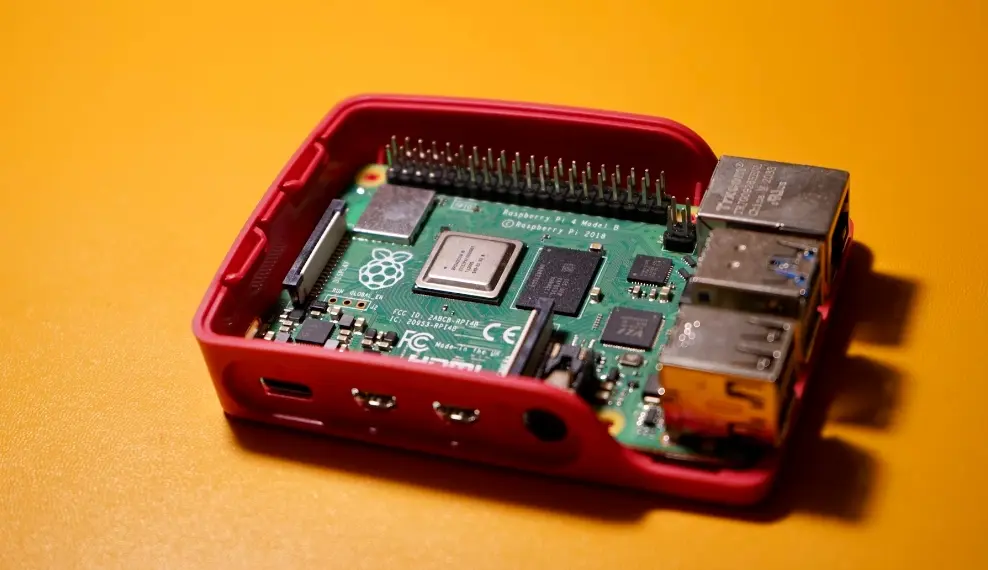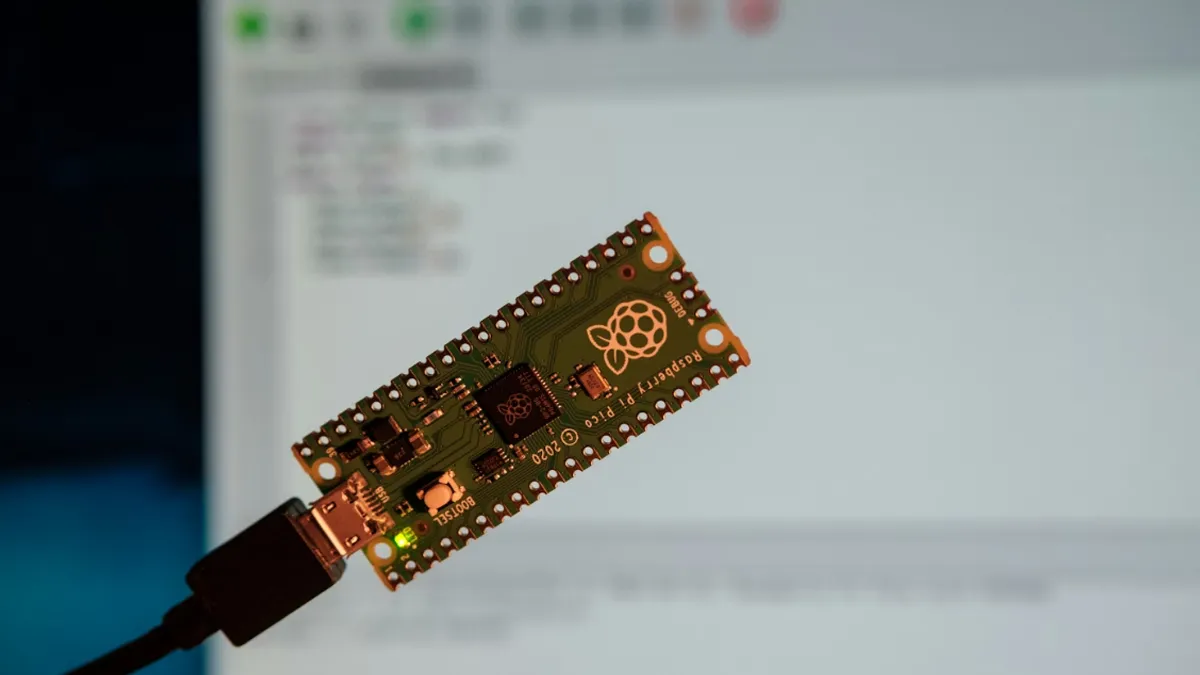
US. Infant Support Cushion Compliance
The U.S. Consumer Product Safety Commission (CPSC) officially issued the Infant Support Cushion Safety Standard (16 C.F.R. Part 1243)on November 4, 2024. This new regULation is developed under Section 104(b) of the Consumer Product Safety Improvement Act (cpsia)and aims to address injury risks such as infant suffocation and falls associated with these products. The standard will take effect on May 5, 2025, replacing the previously voluntary standard and becoming a mandatory requirement. Non-compliant products will be subject to sales bans, recalls,and other enforcement actions.
An infant support cushionrefers to a soft-padded product used to support an infant in a lying position(supine, prone, or inclined). The design may or may not include sidewalls. Most products currently on the market contain soft foam or fiberfillwrapped in flexible fabric.
Included products (but not limited to):
1. Head positioner pillows
2. Flat baby loungers
3. Crib pillows
4. Wedge pillows for infants
5. Infant sleep positioners (not classified as medical devices by the FDA)
6. Stuffed toys sold as support cushions
7. Tummy time or lounging pillows (flat or inclined design)
8. Multi-purpose nursing/lounging pillows
9. Anti-flathead pillows (with or without straps)
10. Self-feeding pillows (used to hold bottles)
11. Pads and mats
12. Accessory cushions (e.g., separately sold cushions for car seats, strollers, or rockers)
Compliance Requirements
(1) Labeling Requirements
Each product and its packaging must have a clear and legible label. The label on the productmust be permanentand include the content specified in the infant support cushion safety standard, such as:
1. Name, business address (city, state, mailing address, ZIP code), and telephone number of the manufacturer, distributor, or seller.
2. A code or other identifier to identify the date of manufacture(must include at least the month and year).
3. Relevant warning information.

Warning Requirements (Depending on Functionality):
If the product is NOT intended for tummy time, the label must include the following warning information:
(Exact warning wording to be sourced from 16 CFR 1243.6)

If the product IS intended for tummy time, the label must include different specific warning information:
(Exact warning wording to be sourced from 16 CFR 1243.6)
> Note:The above content is for reference only and does not list all requirements. For detailed requirements, refer to 16 CFR 1243.6.
(2) Instruction Manual Requirements
Each product must be accompanied by an instruction manualthat is easy to read and understand, written in at least English, and should include the following applicable information:
(1) Basic Instructions
1. Maintenance methods
2. Cleaning guidelines
3. Usage instructions
4. Assembly instructions (if applicable)
(2) Mandatory Warning Statements
If the product is NOT for tummy time, the manual must include:
(Specific warning wording as requiRED in 16 CFR 1243.7)

If the product IS for tummy time, the manual must include:
(Specific warning wording as required in 16 CFR 1243.7)
(3) Additional Required Warnings
"Read all instructions before using this product."
(Example: Read all instructions before using this product.)
"Keep instructions for future use."
(Example: Keep instructions for future use.)

"Do not use this product if it is damaged or broken."
(Example: Do not use this product if it is damaged or broken.)
If the product is not suitable for certain childrenfor specific reasons, this must be clearly stated in the manual. For example: the manufacturer’s recommended maximum weight, height, age, or developmental stage(or a combination of these factors).
> Note:The above content is for reference only and does not list all requirements. For detailed specifications, refer to 16 CFR 1243.7.
Email:hello@jjrlab.com
Write your message here and send it to us
 New METI Registration Regulations in Japan
New METI Registration Regulations in Japan
 Attention for Amazon Japan Sellers: New PSE Regula
Attention for Amazon Japan Sellers: New PSE Regula
 Compliance with Japanese Representative & METI
Compliance with Japanese Representative & METI
 ZigBee-LoRa-Z-Wave Product compliance testing
ZigBee-LoRa-Z-Wave Product compliance testing
 Compliance Testing for FM/AM/DAB/DMB Broadcast Rec
Compliance Testing for FM/AM/DAB/DMB Broadcast Rec
 NFC/RFID Product Compliance Testing
NFC/RFID Product Compliance Testing
 IEC 62368 Safety Standards Test Items and Requirem
IEC 62368 Safety Standards Test Items and Requirem
 How to Obtain EU EN 62368 Compliance Certification
How to Obtain EU EN 62368 Compliance Certification
Leave us a message
24-hour online customer service at any time to respond, so that you worry!




